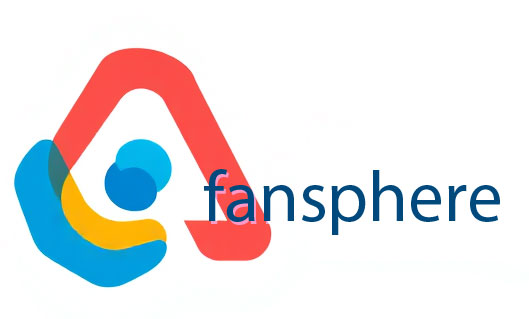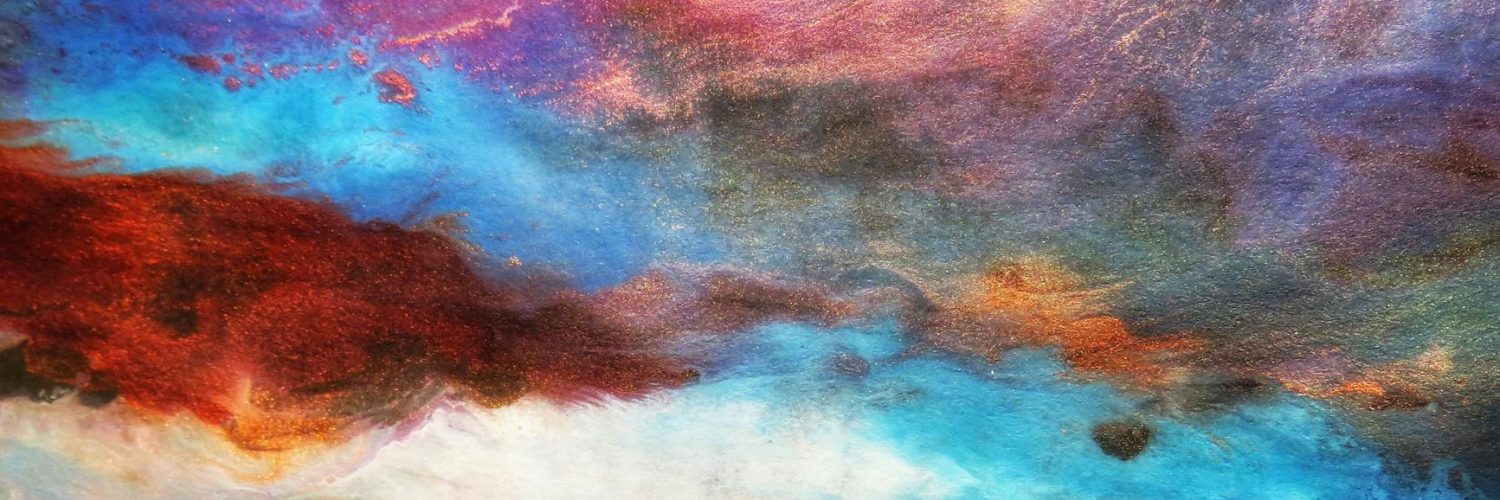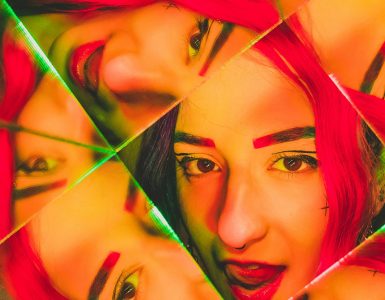We all love a good movie, a catchy tune, or a stunning painting. But how often do we stop to consider the hidden layers, the unexpected connections, and the ingenious tricks that go into creating these experiences? This isn’t about deep philosophical analysis; it’s about uncovering the fun, fascinating bits that often fly under the radar.
The Unexpected Symphony of Sound in Film
Think about your favorite movie scene. The dialogue, the visuals – they’re crucial, obviously. But did you notice how the *sound* shapes your emotional response? It’s not just about dialogue clarity; it’s the subtle use of sound design that really elevates a film. For example, the low, rumbling hum that foreshadows impending doom in many thriller films isn’t just a random noise; it’s a carefully crafted sonic tapestry designed to manipulate your subconscious. Remember the shower scene in *Psycho*? The screeching violins weren’t just there for effect; they were meticulously placed to amplify the terror. That’s the power of sonic manipulation, a crucial element often overlooked by casual viewers.
Music: More Than Just a Melody
Music isn’t just about the catchy tune or the powerful lyrics. Think about the specific instruments used. A mournful cello solo evokes a completely different feeling than a driving electric guitar riff. The use of minor keys versus major keys can dramatically shift the emotional landscape of a song. Even the tempo – a fast-paced song versus a slow ballad – dictates how we perceive the message. Take, for example, the use of minor keys in many horror movie soundtracks like that of John Carpenter’s *Halloween* – it’s a deliberate artistic choice, designed to create unease and tension. It’s fascinating to delve into the deliberate crafting of an emotional response via sonic choices.
The Hidden Language of Color in Visual Arts and Beyond
Ever noticed how certain colors make you feel a certain way? That’s not accidental. In visual arts, filmmakers, and even advertisers, the use of color is a powerful tool for storytelling and manipulation. Think of the vibrant, almost hyper-realistic colors in Wes Anderson’s films; they’re not just aesthetically pleasing; they contribute to the quirky, almost dreamlike quality of his narratives. The calming blues and greens often used in nature documentaries evoke serenity and peace, a stark contrast to the jarring reds and oranges often seen in action films to convey urgency and danger. This careful color palette crafting is a key element of visual communication that most people are unaware of.
The Genius of Mise-en-scène
In film, *mise-en-scène* refers to everything visible within the frame – the set design, costumes, lighting, and even the actor’s positioning. This is a crucial element in storytelling that many people miss. It’s not just about what’s happening; it’s about *how* it’s presented. Consider the meticulously detailed sets in films like *The Grand Budapest Hotel* or the stark minimalism of certain Scandinavian thrillers. These choices aren’t arbitrary; they communicate volumes about the story’s tone, mood, and even the characters themselves. It’s a director’s silent language that’s powerful in its subtlety.
The Unexpected Symbolism in Art
Many famous artworks are rife with symbolism that adds another layer of meaning to the piece. For example, the recurring imagery of apples in Renaissance paintings often represents forbidden knowledge or temptation, a far cry from just a simple piece of fruit. Similarly, the use of specific colors, clothing, and even hand gestures can hold significant cultural and symbolic meaning that might be lost on the casual observer. Looking beyond the surface of an artwork and into its historical and cultural context can unlock hidden depths of meaning.
The Power of Perspective and Framing
Whether it’s a painting or a movie shot; the angle from which something is presented dramatically changes its impact. A low angle shot makes a character seem powerful and imposing, while a high angle shot can make them seem vulnerable or insignificant. Similarly, in paintings, the artist’s choice of perspective can drastically alter the viewer’s experience. Understanding these techniques helps us appreciate the artistry and intentionality behind the work. Meilleurs livres pour le développement personnel et la motivation
The “Accidental” Masterpieces
Sometimes, the most captivating works of art or entertainment arise from unexpected circumstances or happy accidents. Think of the iconic “Happy Accident” in the making of the *Star Wars* lightsaber effect: it started with a malfunctioning camera. Serendipitous errors or unplanned discoveries can lead to genuinely innovative and memorable outcomes. It’s a testament to the human capacity for creativity and adapting to the unexpected.
The Evolution of Storytelling
From cave paintings to blockbuster movies, storytelling has evolved dramatically; however, the basic elements remain strikingly similar. The fundamental human desire to connect through narratives is a timeless constant across cultures and time periods. By understanding this common thread, we find a deeper appreciation for not just the art itself but also the shared human experience that these forms of expression embody.
So, the next time you enjoy a film, listen to a song, or gaze upon a painting, remember the myriad of creative decisions, unexpected twists, and hidden layers that went into its creation. Looking beyond the surface reveals a whole new world of appreciation for the art and the artists behind it. It’s a journey of discovery that’s as entertaining as the art itself.

























Ajouter un commentaire